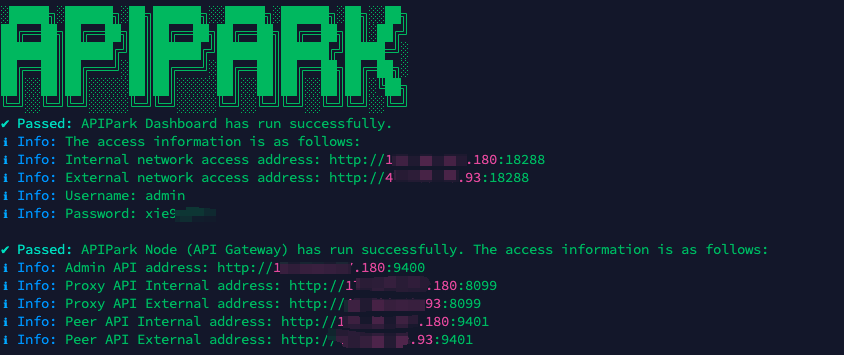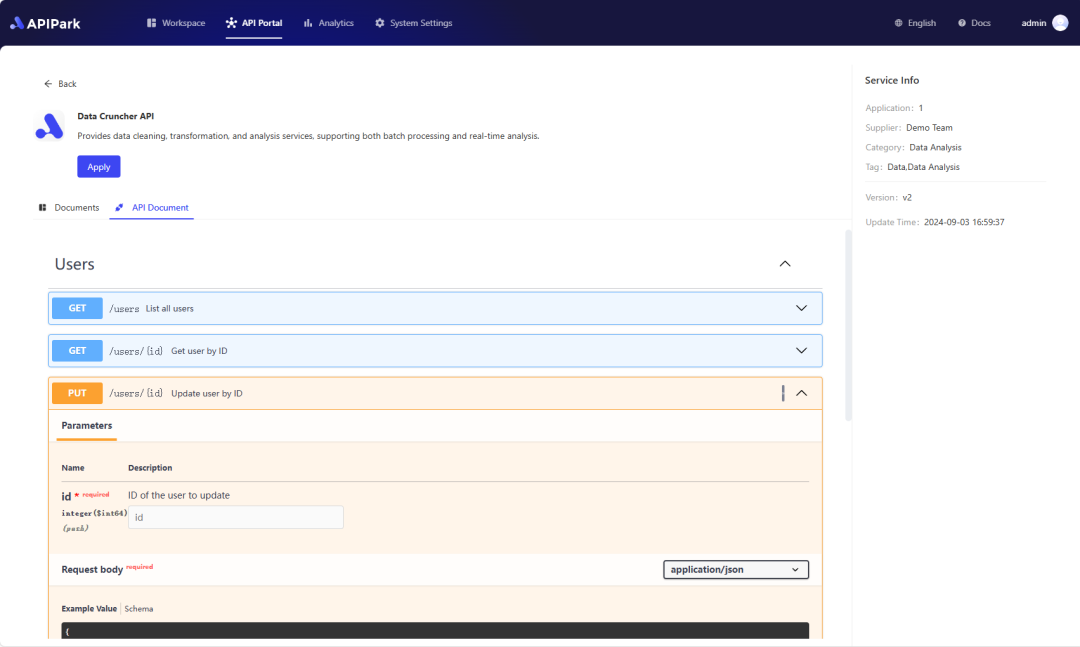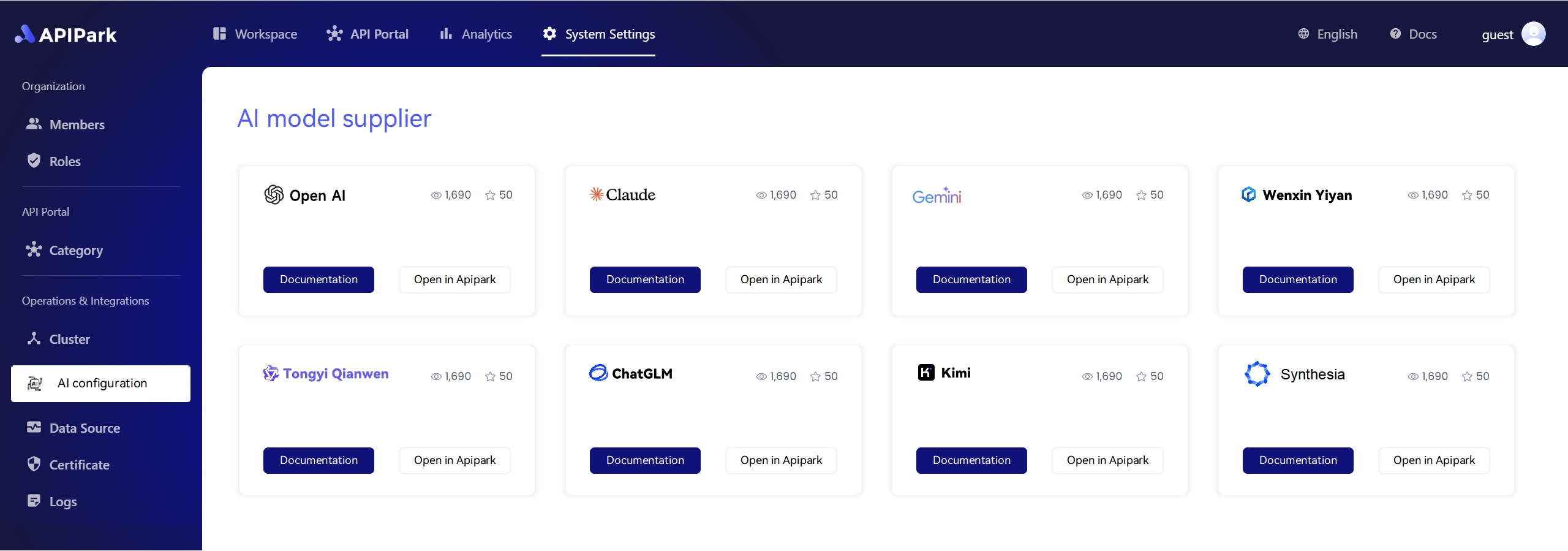In the modern development landscape, making API calls has become a core functionality for most applications. However, effectively managing how and when these API requests are completed is crucial, especially when considering enterprise security practices like Basic Auth, AKSK, and JWT. This guide will walk you through proper methods to wait for Java API requests to complete, ensuring that you can handle your API interactions optimally while maintaining a secure environment.
Table of Contents
- Understanding API Calls
- The Importance of Waiting for API Requests
- Java HTTP Client Overview
- Implementing Synchronization in API Requests
- Using
CompletableFuture - Standard Techniques for Waiting for Requests
- Conclusion
Understanding API Calls
APIs, or Application Programming Interfaces, allow different software systems to communicate. This communication happens in the form of requests and responses. In Java, the common way to interact with APIs is through HTTP requests, primarily using libraries such as HttpURLConnection, OkHttp, or the newer Java HttpClient introduced in Java 11.
With the rise of cloud computing and microservices, making asynchronous calls to APIs is standard practice. This ultimately raises the question of how to wait for these requests to complete without freezing the application or creating potential deadlocks.
The Importance of Waiting for API Requests
When calling an API, especially in a multi-threaded environment, there might be circumstances where you need to wait for the API response to continue further processing. This is essential for:
- Data Consistency: Ensuring data is accurately fetched or updated.
- Error Handling: Capably managing API errors before proceeding with subsequent operations.
- User Experience: Offering meaningful feedback on the API request status to end-users.
Java HTTP Client Overview
Java provides multiple ways to send HTTP requests. Before diving into waiting capabilities, it is crucial to understand which HTTP client to use appropriately. The Java 11 HttpClient follows a more modern, asynchronous approach.
Here’s an example of a simple GET request:
import java.net.URI;
import java.net.http.HttpClient;
import java.net.http.HttpRequest;
import java.net.http.HttpResponse;
public class SimpleHttpClient {
public static void main(String[] args) throws Exception {
HttpClient client = HttpClient.newHttpClient();
HttpRequest request = HttpRequest.newBuilder()
.uri(URI.create("https://api.example.com/data"))
.build();
HttpResponse<String> response = client.send(request, HttpResponse.BodyHandlers.ofString());
System.out.println(response.body());
}
}
This straightforward method sends a synchronous request and waits for the server to respond.
Implementing Synchronization in API Requests
When working with Java API calls, synchronous and asynchronous approaches must be correctly managed. Implementing synchronization can prevent resource contention and ensure that requests complete in the intended order.
Using synchronization methods like wait(), notify(), or join() can help control the flow of execution based on the API response. For instance, consider the following example of waiting for a request using a simple thread:
class ApiClient implements Runnable {
private String response;
public void run() {
try {
// Simulate an API call
response = synchronizeHttpClient();
} catch (InterruptedException e) {
Thread.currentThread().interrupt();
}
}
public synchronized String synchronizeHttpClient() throws InterruptedException {
// Simulate waiting for an API response
wait(2000);
return "API Response";
}
}
In this example, the thread waits for two seconds to simulate waiting for a response, ensuring that updates happen correctly.
Using CompletableFuture
Java’s CompletableFuture API is a powerful tool for handling asynchronous programming. This feature allows you to write non-blocking code that is still straightforward and readable.
Here’s how you can implement it:
import java.net.URI;
import java.net.http.HttpClient;
import java.net.http.HttpRequest;
import java.net.http.HttpResponse;
import java.util.concurrent.CompletableFuture;
public class AsyncApiCall {
public static void main(String[] args) {
HttpClient client = HttpClient.newHttpClient();
HttpRequest request = HttpRequest.newBuilder()
.uri(URI.create("https://api.example.com/data"))
.build();
CompletableFuture<HttpResponse<String>> futureResponse = client.sendAsync(request, HttpResponse.BodyHandlers.ofString());
futureResponse.thenAccept(response -> {
System.out.println("Response: " + response.body());
}).exceptionally(ex -> {
ex.printStackTrace();
return null;
});
}
}
In this case, sendAsync sends the request asynchronously. We can then specify continuing actions through thenAccept, waiting for the request to complete without blocking the main thread.
Standard Techniques for Waiting for Requests
Waiting for an API request to finish can be approached in various ways. Here are some common techniques:
| Technique | Description |
|---|---|
| Synchronous | Use blocking calls where the thread waits for the API response. |
| Asynchronous | Utilize CompletableFuture for non-blocking callbacks. |
| Thread.join() | Wait for a specific thread to finish execution. |
| CountDownLatch | Use a countdown latch for synchronizing completion of multiple tasks. |
| CyclicBarrier | Use cyclic barriers to synchronize phases of multiple threads. |
Here’s a simple example of using CountDownLatch:
import java.util.concurrent.CountDownLatch;
class ApiCallExample {
public static void main(String[] args) throws InterruptedException {
CountDownLatch latch = new CountDownLatch(1);
new Thread(() -> {
try {
// Simulate an API call delay
Thread.sleep(2000);
System.out.println("API response received.");
} catch (InterruptedException e) {
Thread.currentThread().interrupt();
} finally {
latch.countDown();
}
}).start();
// Main thread waits for completion
latch.await();
System.out.println("Main thread continues after API call.");
}
}
In this example, the main thread waits for the API call to complete before proceeding, ensuring that all responses are collected and handled before further processing.
APIPark is a high-performance AI gateway that allows you to securely access the most comprehensive LLM APIs globally on the APIPark platform, including OpenAI, Anthropic, Mistral, Llama2, Google Gemini, and more.Try APIPark now! 👇👇👇
In conclusion, properly managing how you wait for Java API requests to complete is crucial for developing robust and scalable applications. Whether you choose a synchronous approach for simplicity or an asynchronous approach with CompletableFuture for responsiveness, it is important to understand the different techniques and their implications. Implementing best practices in API calls ensures data consistency, facilitates error handling, and enhances user experience.
Best Practices for Secure API Interactions
When implementing API requests, always consider enterprise security protocols. Integrating Basic Auth, AKSK, or JWT can efficiently secure your API calls.
- Basic Auth: Works well for secure gateway access.
- AKSK (Access Key Secret Key): Ideal for programmatic access to cloud resources.
- JWT (JSON Web Tokens): Allows stateless authentication across different services.
Choosing the right authentication method not only protects your APIs but also promotes efficient resource usage across your applications.
By adopting these practices, you ensure that the API interactions within your Java applications are secure, efficient, and maintainable.
Let’s harness the power of APIs while observing best practices to secure our applications.
🚀You can securely and efficiently call the Tongyi Qianwen API on APIPark in just two steps:
Step 1: Deploy the APIPark AI gateway in 5 minutes.
APIPark is developed based on Golang, offering strong product performance and low development and maintenance costs. You can deploy APIPark with a single command line.
curl -sSO https://download.apipark.com/install/quick-start.sh; bash quick-start.sh

In my experience, you can see the successful deployment interface within 5 to 10 minutes. Then, you can log in to APIPark using your account.

Step 2: Call the Tongyi Qianwen API.
